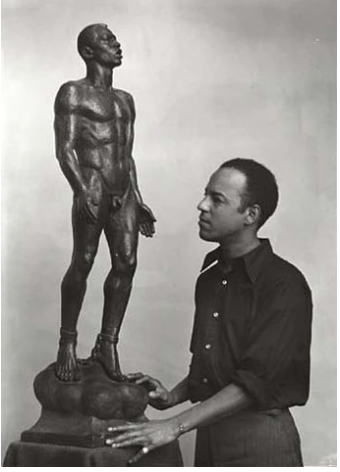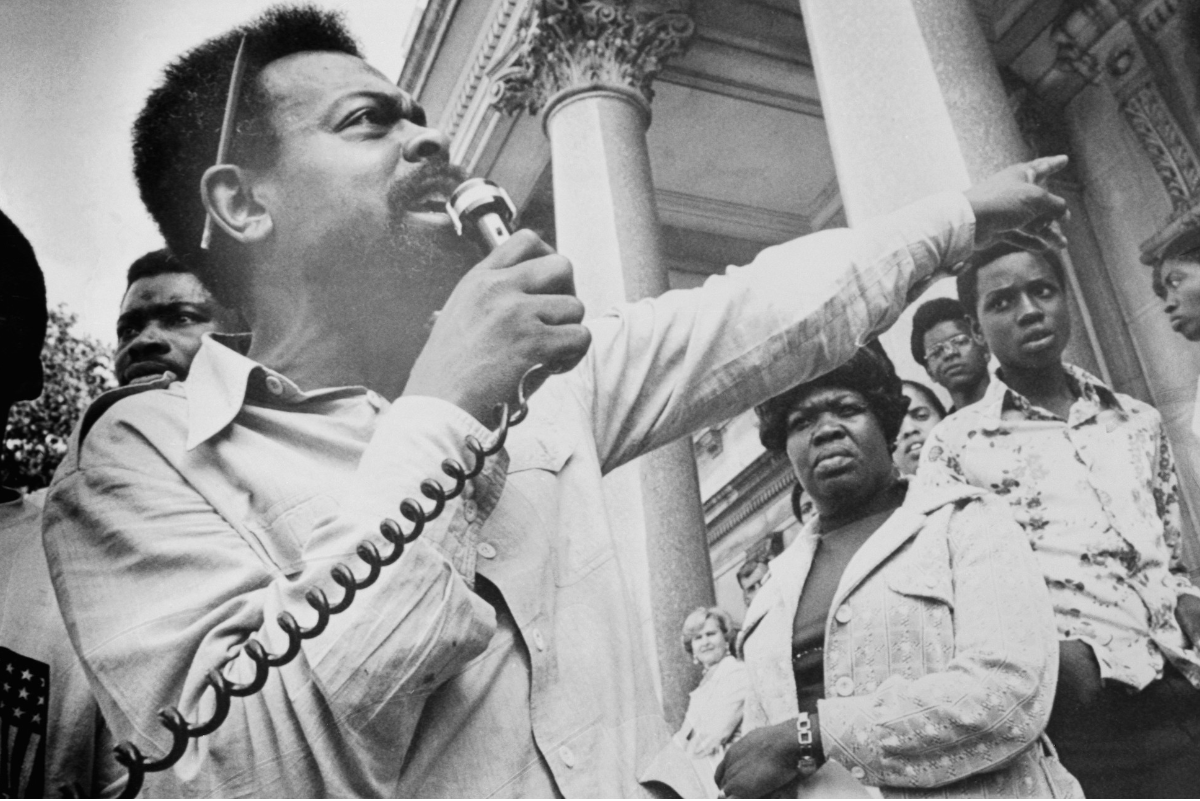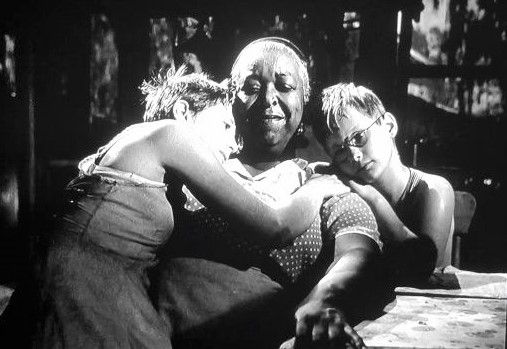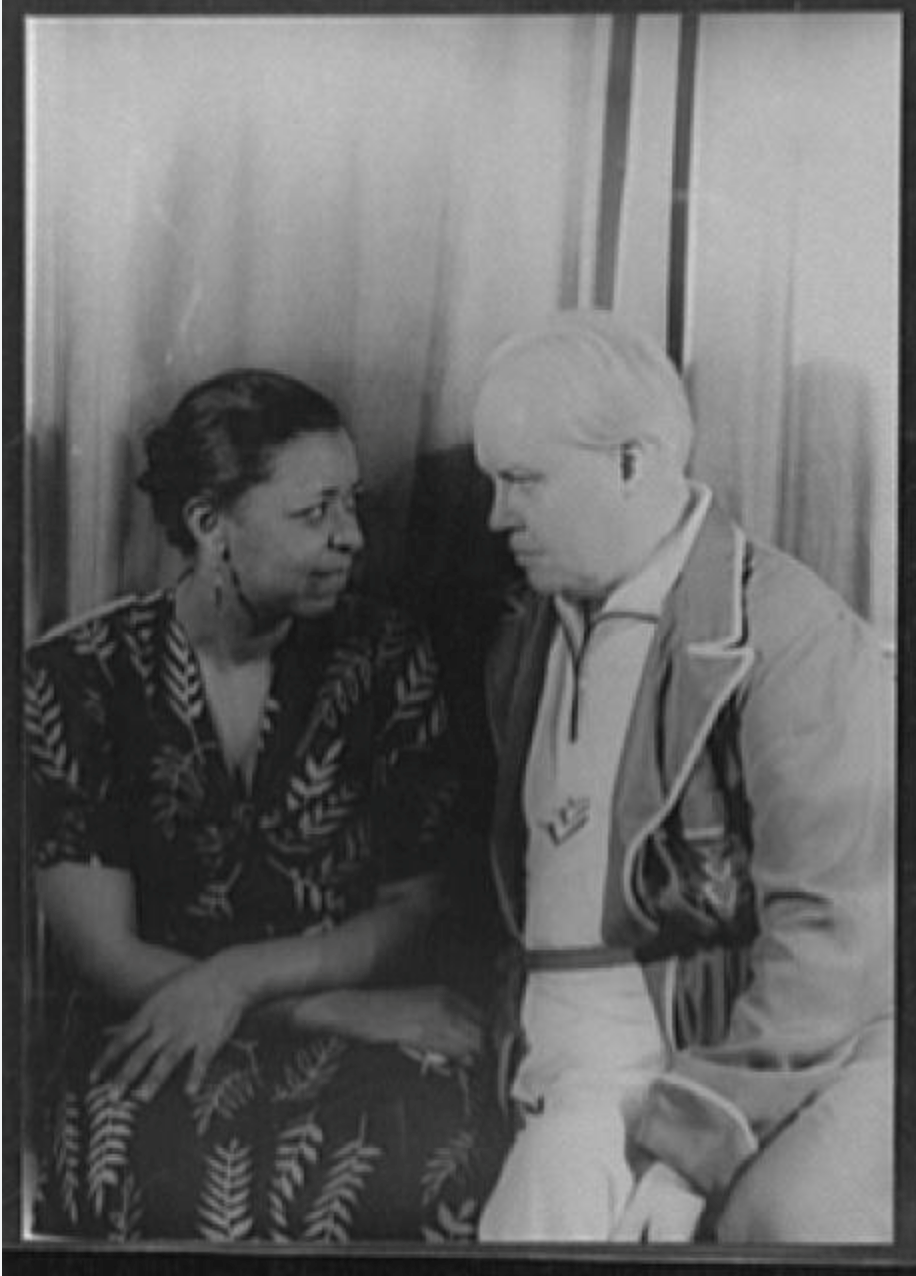The Legacies of Josephine Baker

For those Americans who have sufficient cultural literacy to know about Josephine Baker, the clip we carry in our head is of a gangly young Black woman shaking her banana-skirted booty for Parisian audiences during the 1920s – the decade the French refer to as “les annees folles.”
That’s it. One of the greatest and longest-lived European entertainers reduced, in her home country, to a comic stereotype. And yet, on November 30 of last year, a cenotaph of Josephine Baker was placed in the Paris Pantheon, the highest posthumous honor a grateful country can award its most illustrious artists and citizens (a cohort that includes Alexandre Dumas, Marie Curie, and Voltaire). What’s missing for the citizens in the land of her birth?
Just about everything. Europeans in general and the French in particular are familiar with her long successful career as a dancer, singer, model, movie star, and Kardashian-style celebrity we have come to expect: four marriages, fabulous sums of money earned and spent, a chateau in the south of France. Few Americans know that she was awarded a Croix de Guerre for her service as a spy and courier in the French resistance. They don’t know about her personal commitment to racial harmony in adopting twelve children from around the world, her so-called “rainbow tribe.” They most egregiously don’t know about her work in support of the American civil rights movement during the 1950s and 60s. (She was one of the speakers at the 1963 March on Washington.)
The French, of course, do know about Josphine’s extraordinary life, and they have fashioned their own nation-glorifying Josephine legacy. Theirs illustrates, as was the case with so many African Americans escaping the stultifying strictures of Jim Crow America, how this extraordinary woman could thrive and blossom in the revivifying atmosphere of liberté-egalité-fraternité. The journalist Laurent Kupferman, who drafted the initiative to honor Baker with a Pantheon interment, told The New York Times, “Josephine Baker embodies the Republic of possibilities. How could a woman who came from a discriminated and very poor background achieve her destiny and become a world star? That was possible in France at a time when it was not in the United States.”
Actually, it *was* possible for Florence Mills, Ethel Waters, and Madame C. J. Walker to “achieve their destinies” without moving to France, but let us not descend to historical cases to prick that ideological bubble. And as for “the Republic of possibilities” – the phrase could only provoke derisive laughter from the millions of former subjects of the French Empire, some of whom had perfectly mastered French language and culture only to find themselves discriminated against and excluded. (Read Frantz Fanon’s “Black Skins, White Masks” for an early and eloquent indictment of how French racism operates so damagingly in France and her colonies.)
And finally, because this *is* a Shoga blog, there is Josephine’s least-trumpeted legacy – her sex-positive approach to bisexuality. She catapulted out of St. Louis poverty by attaching herself to the lesbian blues singer Clara Smith. Already married twice by age 15 (Baker was the family name of her second husband, and that one she held onto), Josephine used her sex and talent to move her career through the early Harlem Renaissance (passing through Shuffle Along as a chorine and probably sleeping with Eubie Blake along the way) to her 1925 introduction to Paris where she exploded like a supernova.
That propulsive energy overwhelmed and seduced both men and women – but, of course the women we heard less about than the two French husbands (one of whom was gay himself) and the crowned heads of Europe. La Baker, as the French referred to her, also formed liaisons with fellow American expatriate Bricktop, French author Colette, and Mexican painter Frida Kahlo.
Josephine Baker’s bisexuality is not part of either her American legacy (Black female sex symbol blows up abroad) or her French one (Black female sex symbol grows into citizen of the world). Josephine didn’t advertise her affairs with women, but one can hardly fault her discretion on the topic given the times. She came late to the civil rights movement, prompted less by a lifelong hatred of Jim Crow than by her humiliating run-ins with it in the 1940s after decades of insulation as a French celebrity. She was never affected by homophobia and died six years after the Stonewall Riots.
Nonetheless, the bisexuality of France’s latest Pantheon honoree and America’s least forgotten showgirl of the Harlem Renaissance is part of the historical record. That too is Josephine Baker’s legacy however else that legacy is manipulated and misrepresented for other agendas. We have our own agenda, and Josephine Baker – her beauty, her humor, her self-delusion, her enormous talent, her flickering humanity, her wounded pride, and unquenchable spirit – belongs to us as well. We too are her Rainbow Tribe.
Recent Posts




SHOGA FILMS is a 501(c) (3) non-profit production and education company. We create multimedia works around race and sexuality that are intended to raise awareness and foster critical discussion.
Contact Us
All Rights Reserved | Shoga Films
Stay Connected
Thanks for subscribing!
Please try again later.


